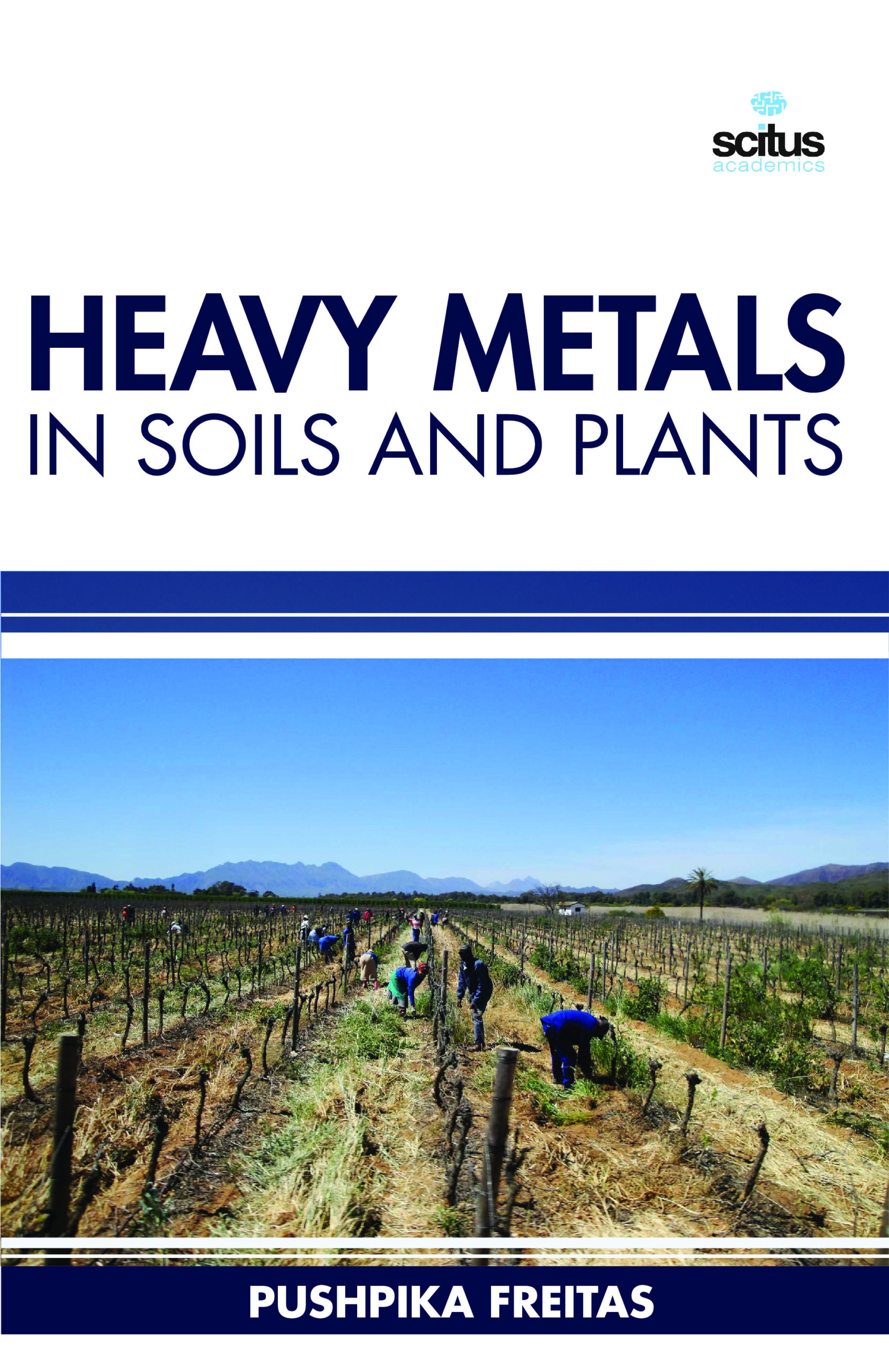Soil, one of the most important natural resources, is becoming degraded due to anthropogenic activities such as mining, agricultural activities, sewage sludge, fossil fuel combustion, metallurgical and chemical industries and electronics. Soil is a crucial component of rural and urban environments, and in both places land management is the key to soil quality. This series of technical notes examines the urban activities that cause soil degradation, and the management practices that protect the functions urban societies demand from soil. This technical note focuses on heavy metal soil contamination. Mining, manufacturing, and the use of synthetic products e.g. pesticides, paints, batteries, industrial waste, and land application of industrial or domestic sludge can result in heavy metal contamination of urban and agricultural soils. Heavy metals also occur naturally, but rarely at toxic levels. Potentially contaminated soils may occur at old landfill sites particularly those that accepted industrial wastes, old orchards that used insecticides containing arsenic as an active ingredient, fields that had past applications of waste water or municipal sludge, areas in or around mining waste piles and tailings, industrial areas where chemicals may have been dumped on the ground, or in areas downwind from industrial sites. Excess heavy metal accumulation in soils is toxic to humans and other animals. Exposure to heavy metals is normally chronic, due to food chain transfer. Acute poisoning from heavy metals is rare through ingestion or dermal contact, but is possible.













